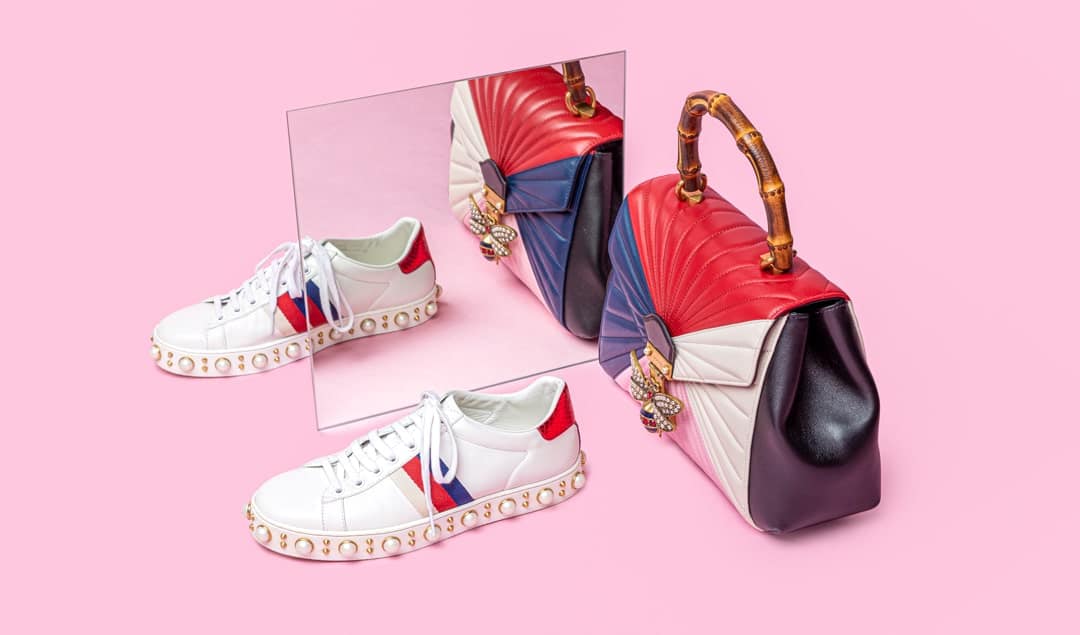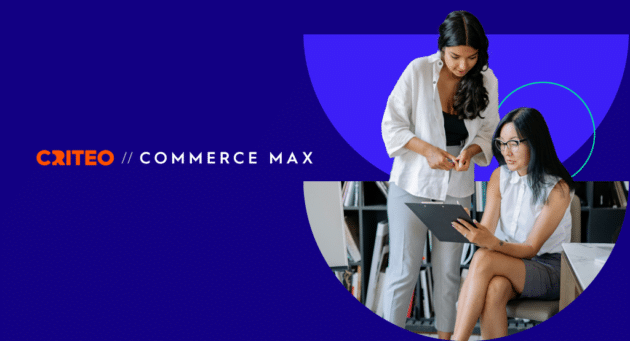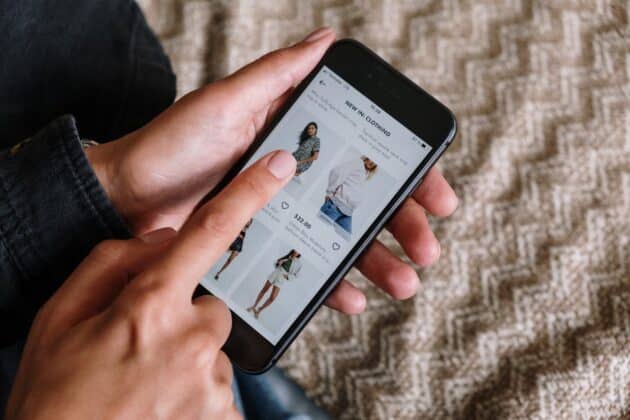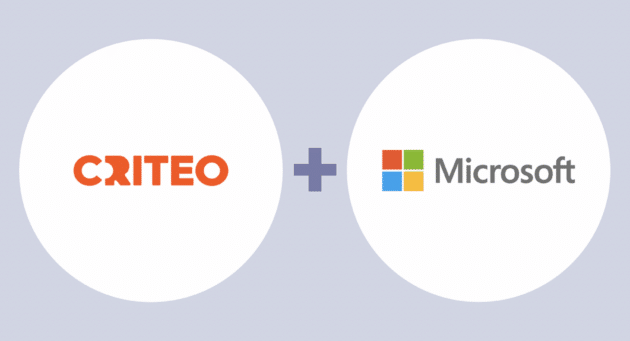When it comes to thrift shops and secondhand fashion, people rarely think of high-end, pristine luxury goods. That’s all changing, thanks to retailers like The Luxury Closet, that mix affordability with luxury labels.
In the past year, The Luxury Closet has become a global force, reaching fashionistas across the world. Recently, the retailer raised $11 million in its growth round and acquired Guiltless, a Hong Kong-based eCommerce site. With an impressive 8.2 on TrustPilot, The Luxury Closet is beloved by its customers.
We talked to Pablo Durante, Chief Marketing Officer for more.
Tell us about The Luxury Closet. What makes it special?
The Luxury Closet has one very unique advantage. Being based in Dubai, we can tap into the closets of some of the richest people in the world. We sell worldwide, and almost half of my revenue is from outside of the GCC.
If you think about the luxury industry, what we are doing is a total game-changer. We’re making luxury way more accessible than before. It’s not only about price; it’s also about inventory. With us, you have one platform, and 30,000+ curated luxury pieces.
Who is your target audience? What do they care about?
Our target audience is mostly women 25- to 45-years-old, with a medium to high income. They are fashionistas; they know fashion very well and know exactly what they want.
By buying from us, they’re able to buy three luxury products instead of one in their yearly spending. Then they feel like a smart buyer. So, there are two components, the financial component and the more emotional component of the transaction.
Are there geographical differences in reaching your customers?
We have two different strategies. In the GCC, the culture of eCommerce is a bit greener. You need to build the trust, not only of your brand, but of eCommerce in general.
The physical element is still important. For example, one ordering option is called “Click and Collect”. Customers select purchases online and then they go to one of our physical stores to check out the product and pay. There’s also “Cash on Delivery” where we ship their order, and if they like it on delivery, then they pay. It’s a less streamlined process of purchases.
For our global strategy at the moment, we are in an acquisition phase. The international customer in the U.S. or Europe is much more used to eCommerce.
Can you tell us a bit about your goals and strategies right now?
Considering we are a small start-up, we need to be very lean and very smart. We don’t do projects that will have a result in two years, we are trying to do something that will have an impact in two months.
My priorities can be split into three streams. Number one is going global. We are accelerating by triple digits, with our year-over-year revenue coming mainly from English-speaking countries.
Number two is focusing on an omnichannel approach in the UAE. We recently opened our second store there.
The third focus is increasing the supply. Our main advantage is from having the best supply. If I accelerate the supply, I literally accelerate the demand at the same time.
How are you using data to reach customers?
We are focusing right now on personalization and recommendation. We have more than 30,000 items on our site. I need to ensure that if you look for something, you find what you are looking for.
This is something that I see as very concrete and isn’t rocket science. If you do it well, you’ll increase your conversion rate, and it’s something you can do without a large amount of resources.
We are also using more data to understand which users will have a high Customer Lifetime Value.
How does all of this data impact your overall strategy?
If you think about this job 15 years ago, what you do now with two people, you needed ten people. All of the machine learning is helping us to do more with very lean teams.
I can see in a very smart way if Criteo is bringing me existing customers or new customers. So, we have the data in real-time and it helps us to budget our spend efficiently.
Criteo is a very valuable partner, especially in the GCC region. In the beginning, we started using Criteo just for retargeting, and step by step, we expanded to use it for different solutions.
What are you most proud of?
From starting in the GCC, we are now a global company. We are in a moment where every month, our revenue is up and up. And being GCC-based, this is something that’s really exceptional.
We’re trying to give a memorable experience to our customers. My main goal is to make people not only happy about the product but happy with the experience. We had some customers from France who had such a good experience with us, they decided they were going to come to Dubai for their holiday to visit us.
Ready to drive more traffic and discover new customers? Check out how Criteo can help.






















